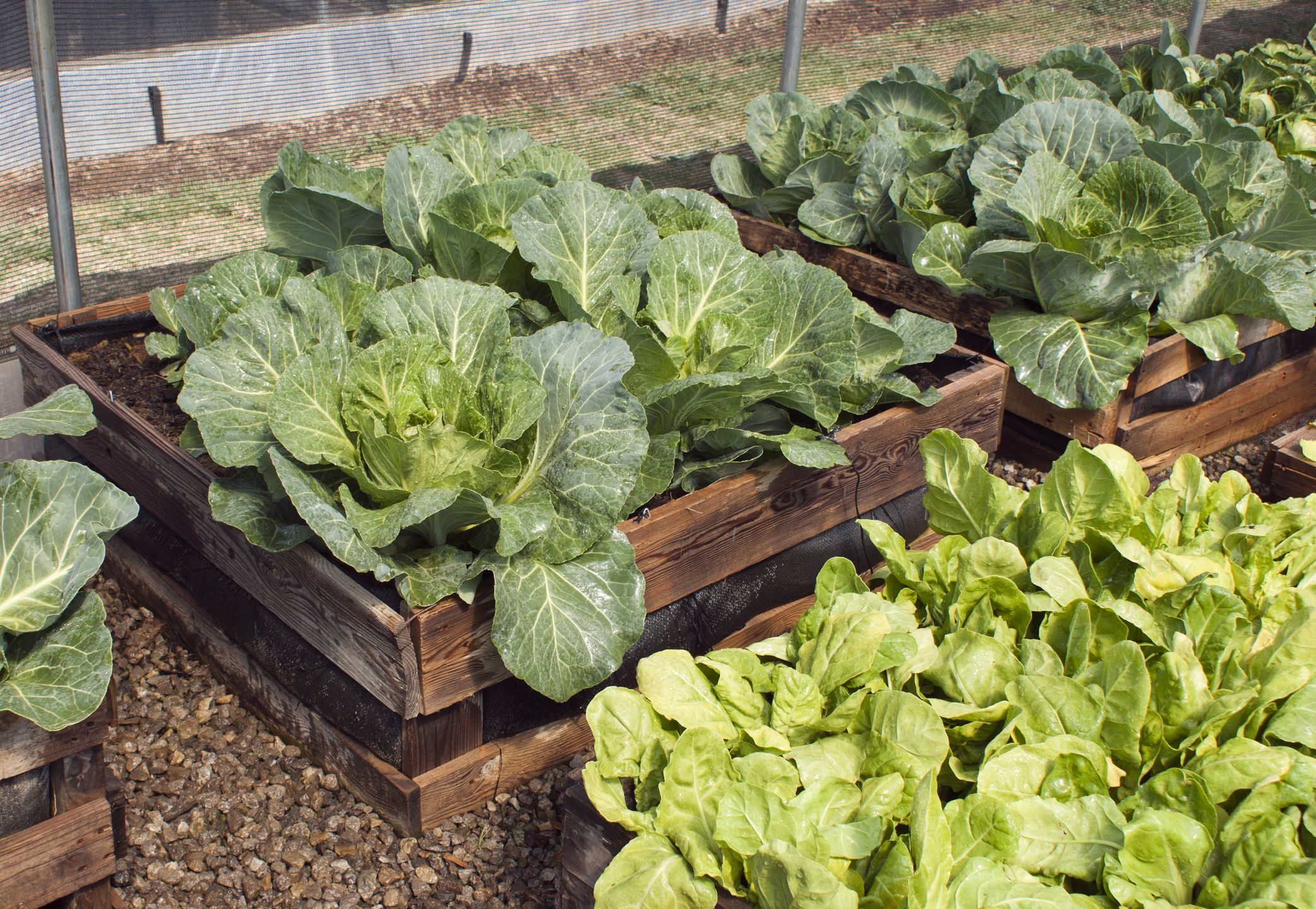After a long winter, your lawn may be in need of some TLC. Mowing your lawn is one of the best ways to help it recover from winter dormancy. But there are a few things you need to keep in mind when mowing your lawn after winter. This blog post will answer all your questions about how to properly mow your lawn after winter, including when to start mowing, what height to mow at, and whether grass type matters.
Keep reading to learn everything you need to know about mowing your lawn after winter, and contact a local lawn care provider, like Lush Green Services, for more information.
When to Start Mowing Your Lawn After Winter
One of the first questions you may have about mowing your lawn after winter is when to start. The best time to start mowing your lawn again is when the grass starts growing. Depending on where you live, this can be anywhere from early spring to late spring. Once the grass starts growing, you’ll want to start mowing on a regular basis. Depending on the growth rate of your grass, this may be every week or every other week.
What Height Should I Mow My Lawn At?
Another important question to consider when mowing your lawn after winter is what height you should mow at. The general rule of thumb is to never remove more than ⅓ of the grass blade at one time. If you cut any more than that, you risk damaging the grass and stunting its growth. So, how do you know what ⅓ of the grass blade looks like? A good rule of thumb is to set your mower blades at 3 inches for cool-season grasses and 2 inches for warm-season grasses.
Does Grass Type Matter?
When mowing your lawn after winter, another thing to keep in mind is grass type. Different types of grass have different ideal mowing heights. For example, common cool-season grasses like bluegrass and fescue should be mowed at 3 inches, while common warm-season grasses like bermudagrass and zoysia should be mowed at 2 inches. Keep in mind that these are just general guidelines; it’s always best to check with your local nursery or landscaping company to find out what they recommend for your specific type of grass.
Conclusion
Mowing your lawn after winter dormancy is a great way to help it recover from the cold weather months. But there are a few things you need to keep in mind when doing so, including when to start mowing, what height to mow at, and whethergrass type matters. By following these guidelines, you can ensure that you properly care for your lawn this spring and help it thrive all season long!



